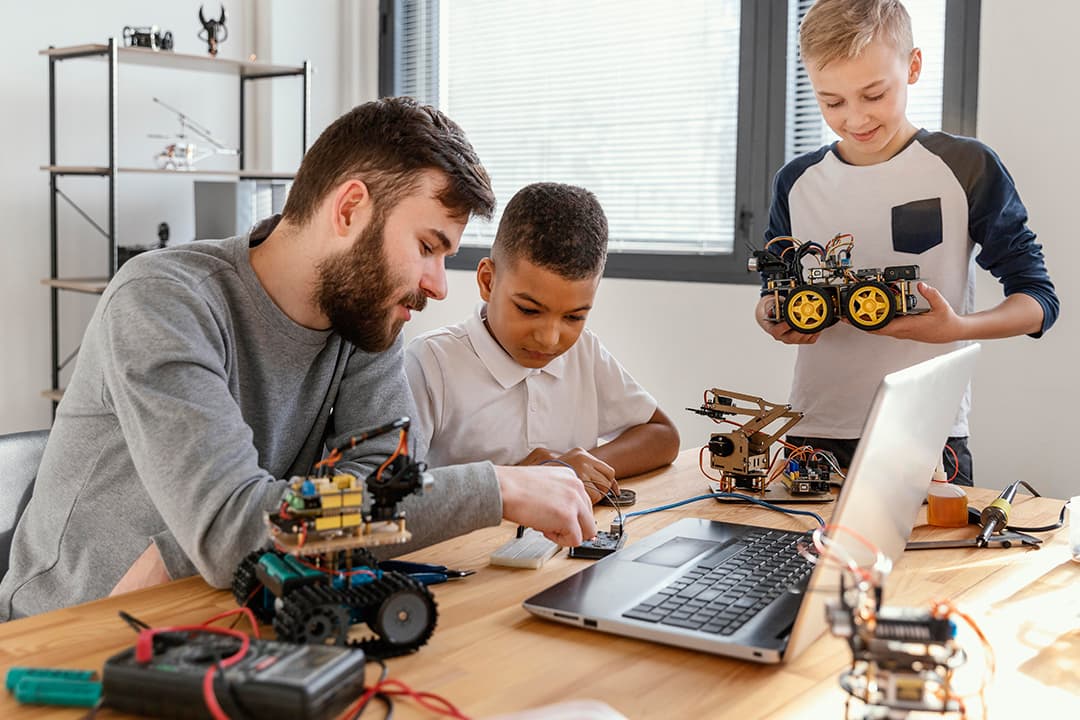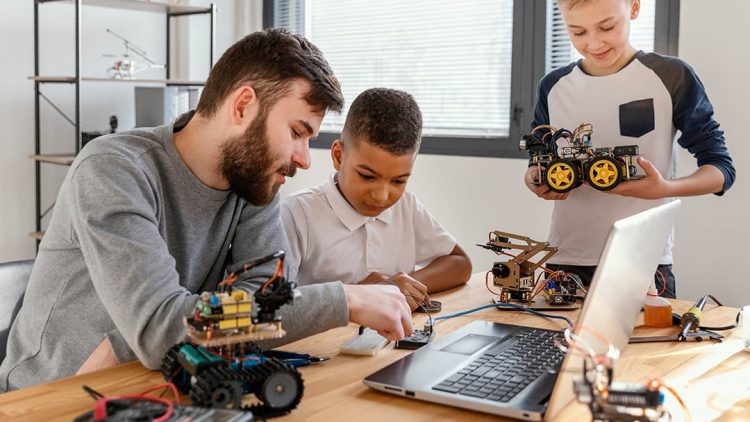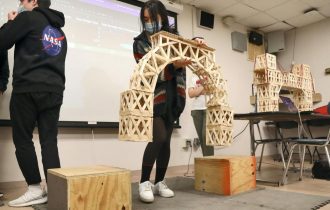The Role of Robotics in Enhancing STEM Learning

Introduction
In the ever-evolving landscape of education, STEM (Science, Technology, Engineering, and Mathematics) learning plays a vital role in preparing students for future careers. Integrating robotics into STEM education has proven to be a powerful tool, fostering critical thinking, problem-solving skills, and creativity. As an editor of an English education website, it is crucial to explore the role of robotics in enhancing STEM learning. This article aims to highlight the benefits of robotics, showcase existing technologies, provide real-life examples, and include quotes from renowned figures, all while using authentic American English.
I. Understanding the Importance of STEM Education
STEM education equips students with the necessary skills and knowledge to succeed in a technology-driven world. It promotes critical thinking, collaboration, and innovation. By integrating robotics into STEM learning, educators can enhance the educational experience and prepare students for future careers in STEM fields.
II. Benefits of Robotics in STEM Education
- Promoting Hands-on Learning Robotics offers a hands-on learning experience where students can apply theoretical knowledge to real-world scenarios. By building and programming robots, students actively engage in problem-solving, experimentation, and iteration, developing a deeper understanding of STEM concepts.
- Fostering Collaboration and Teamwork Robotic projects often require teamwork, encouraging students to collaborate, communicate, and delegate tasks effectively. This collaborative environment nurtures interpersonal skills, including leadership, communication, and compromise, which are crucial in STEM fields and beyond.
- Developing Critical Thinking and Problem-Solving Skills Robotic challenges inherently involve problem-solving, requiring students to analyze problems, devise solutions, and troubleshoot issues. Through trial and error, students develop resilience, adaptability, and critical thinking skills as they overcome obstacles and refine their designs.
III. Technologies Enhancing Robotics in STEM Learning
- LEGO Education LEGO Education provides robotics kits, such as LEGO MINDSTORMS, that allow students to build and program their own robots. These kits come with sensors, motors, and software, enabling students to explore various engineering and programming concepts in a fun and engaging way.
- Arduino Arduino is an open-source platform that allows students to create interactive electronic projects, including robotics. By utilizing Arduino boards, sensors, and actuators, students can build their own robots, program them using Arduino’s coding language, and explore a wide range of STEM concepts.
IV. Real-Life Examples of Robotics in STEM Education
- FIRST Robotics Competition The FIRST Robotics Competition is a renowned robotics competition for high school students. Teams of students build and program robots to compete in various challenges. This competition not only enhances students’ STEM skills but also fosters teamwork, leadership, and problem-solving abilities.
- VEX Robotics VEX Robotics offers a comprehensive robotics platform for students of all ages. Their kits allow students to design, build, and program robots to complete specific tasks. VEX Robotics competitions provide students with opportunities to showcase their skills and collaborate with peers from around the world.
V. Quotes on the Importance of Robotics in STEM Education
- As Bill Gates, co-founder of Microsoft, once said, “Robots will play an important role in providing education in the coming decades. They will help teachers leverage their time and expertise, reaching more students and customizing instruction.”
- In the words of Mae Jemison, astronaut and engineer, “The difference between science and the arts is not that they are different sides of the same coin, or even different parts of the same continuum, but rather, they are manifestations of the same thing. The arts and sciences are avatars of human creativity.”
Conclusion
Integrating robotics into STEM education offers numerous benefits, from promoting hands-on learning and fostering collaboration to developing critical thinking and problem-solving skills. With the help of technologies such as LEGO Education and Arduino, educators can empower students to explore STEM concepts through robotics. As we embrace robotics in the classroom, let us remember the words of Albert Einstein: “The true sign of intelligence is not knowledge, but imagination.” By incorporating robotics into STEM education, we inspire students to imagine, innovate, and shape the future of STEM fields.


